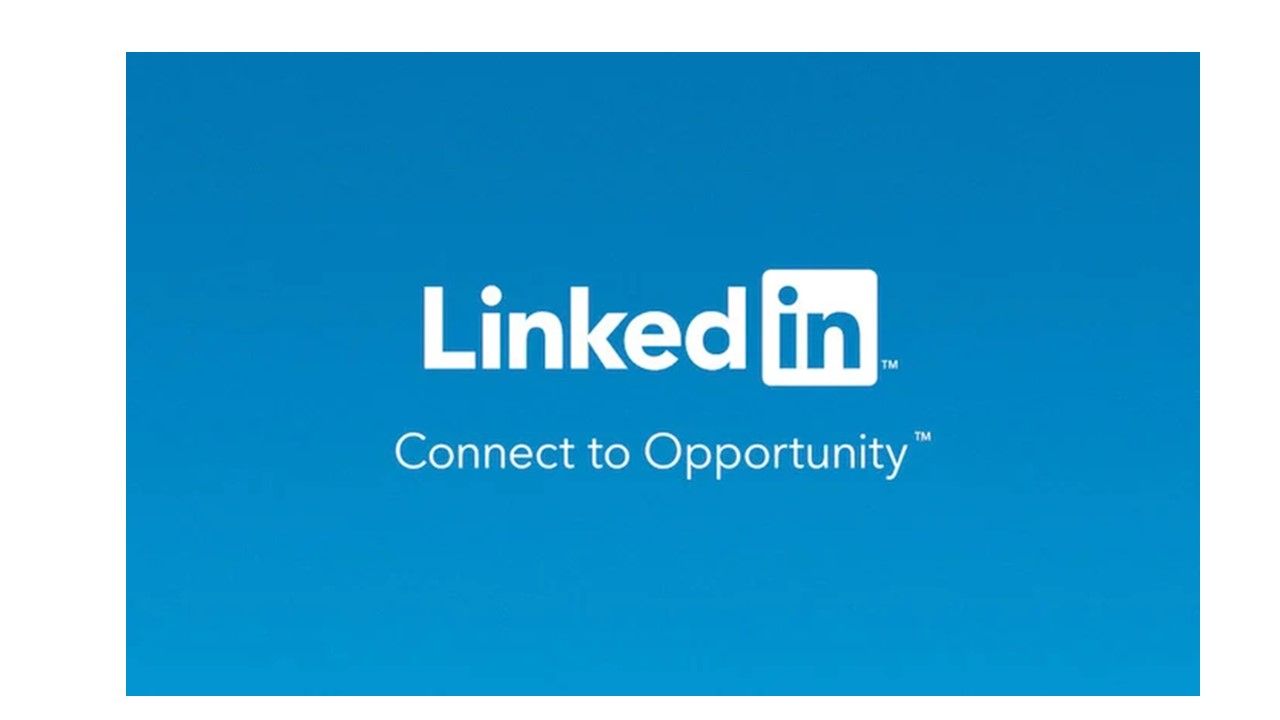How athletes can grow their post-sport network via linkedin
How athletes can grow their post-sport network via linkedin

This article will focus on how to use LinkedIn if you’re an athlete wanting to get a job now, or if you simply want to use this downtime to grow your network so you have a number of employment opportunities available once you retire.
I’m assuming your LI profile is already set up. It needs to scream “athlete!” Your
transferable skills need to stand out!
If you haven’t set up your profile or need help with it check out our online course on how athletes should use LinkedIn.
3 Things this article will focus on:
- Prospecting the company you want to work for and the hiring manager
- Sending a direct message to the hiring manager and the structure of the message
- Follow up call structure
Outside of the above 3 points, staying active on LinkedIn by posting, creating articles, commenting on other’s posts and sharing relevant articles enables your profile to be seen by a large network of professionals and hiring managers. You create a digital resume for yourself.
Being active on LinkedIn shows: your written skills, vulnerability, shows initiative, but most importantly you automatically stand out – Athlete is interesting!!
1. Prospecting:
- Research at least 10 companies you want to work for and write down their number, hiring manager for the role you want and company name on an excel or word doc. Pick an industry that would most like be booming at this stage and research the companies in that industry – stay away from sport for now.
- For example, E-Commerce is growing right now. You might want to work as a social media coordinator for an E-Commerce agency. So google “top 10 E-Commerce agencies in Sydney.” Write down the companies, their number and hiring manager associated with hiring “social media coordinators.” To find the hiring manager (if not on their website), on the LinkedIn search bar type in “company name and marketing manager.” You should see the marketing manager associated with that company. Simply hit the “connect” button next to their name. Do this for every company you researched.
2. Send Direct Message:
- Once people accept your connection request, you can message them directly.
- Finding the hiring manager and sending a direct message shows proactiveness, initiative, research skills, go-getter, proof of your transferable skills!
- Structure of the message: Compliment, intro, valid reason or why, close (let’s chat on phone)
Compliment example: Check their activities and if there is a post that resonates with you, accomplishments, something that inspires you from their experiences, let them know!
Intro – I’m an elite athlete who has won XYZ and now ready to transfer the skills and attributes I learnt from sport into managing business social media accounts. (try be specific)
Valid reason:
Eg: Wanted to touch base and see if you might potentially be hiring a social media manager? With the discipline, work ethic and time management skills I have gained from sport along with experience in managing professional social media accounts, I strongly believe I would be a valuable asset to your business.
Close: If you’re interested, I’d love to organise an introductory phone chat, give you further insight into my capabilities and how I can contribute to your business growth?
(If you’re looking to connect for the future, your close should be a question about what you can do now to further up-skill yourself to be more then ready when the time comes.)
If you want to connect to set up employment opportunities for the future adjust it for future tense, what you’re currently doing to up-skill etc.
3. Follow up call structure:
Getting through the gate keeper: Ask for the hiring manager specifically, “calling in regards to social media coordinator role, following up from our online correspondence with (insert hiring manager name).”
- Hi Mr hiring manager, this is first name last name, how are you?
- Repeat compliment
- Following up from LI message, tell them what you do and why you’re calling.
- If you’re looking to connect for the future, ask that question and close with “would love to stay in touch.”
Keep a database of all the companies and managers you’ve spoken to and touch base twice a year, if you’re getting closer to retirement 4 times a year.
Remember, stay active on LI, post, write articles, publish articles in blog format and keep connecting.
If you want further assistance on how to use LinkedIn to grow your personal brand and create a post-sport network check out our video seminar.
To pre-register for our short “LinkedIn course” click HERE.





